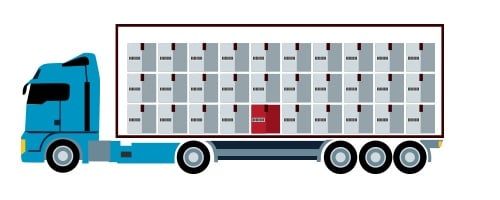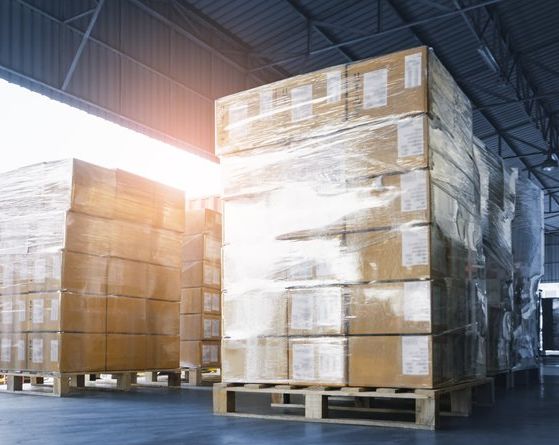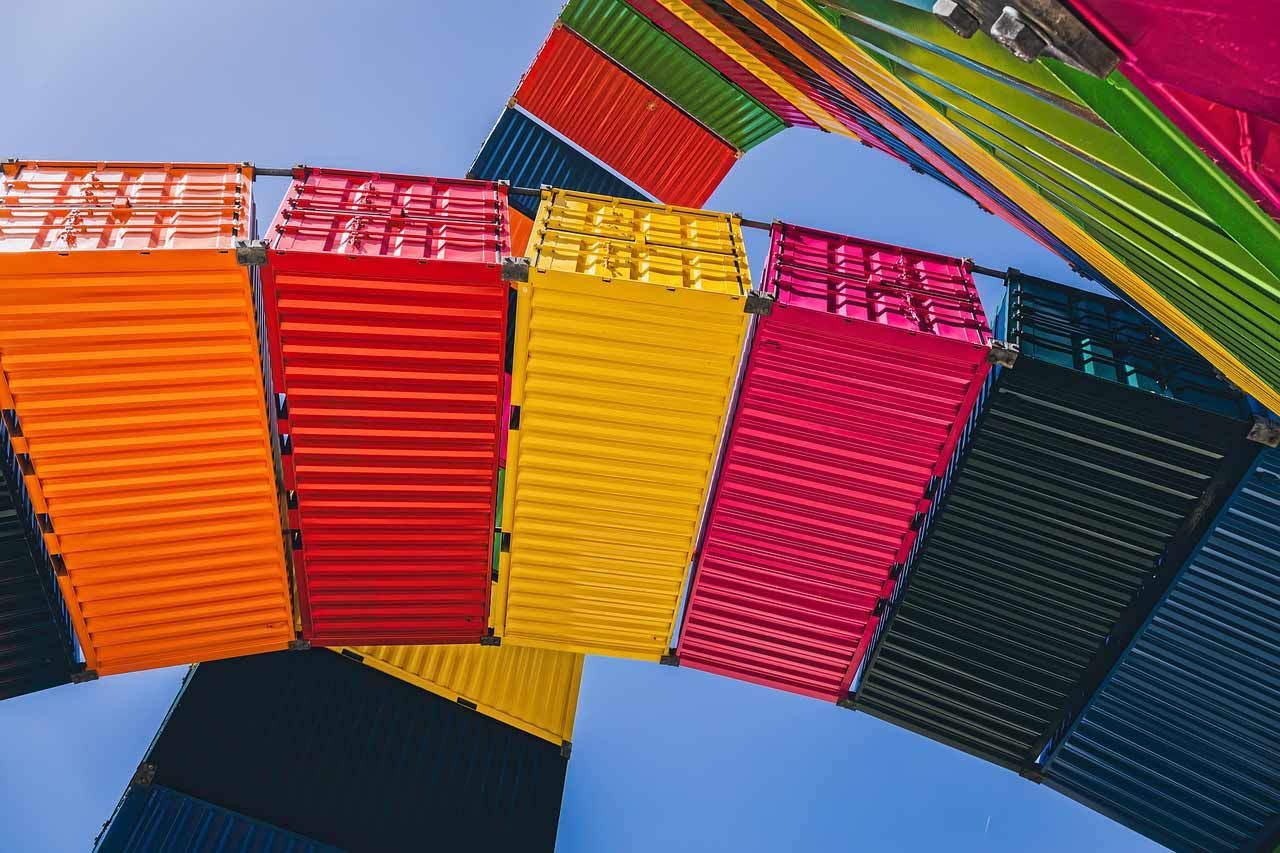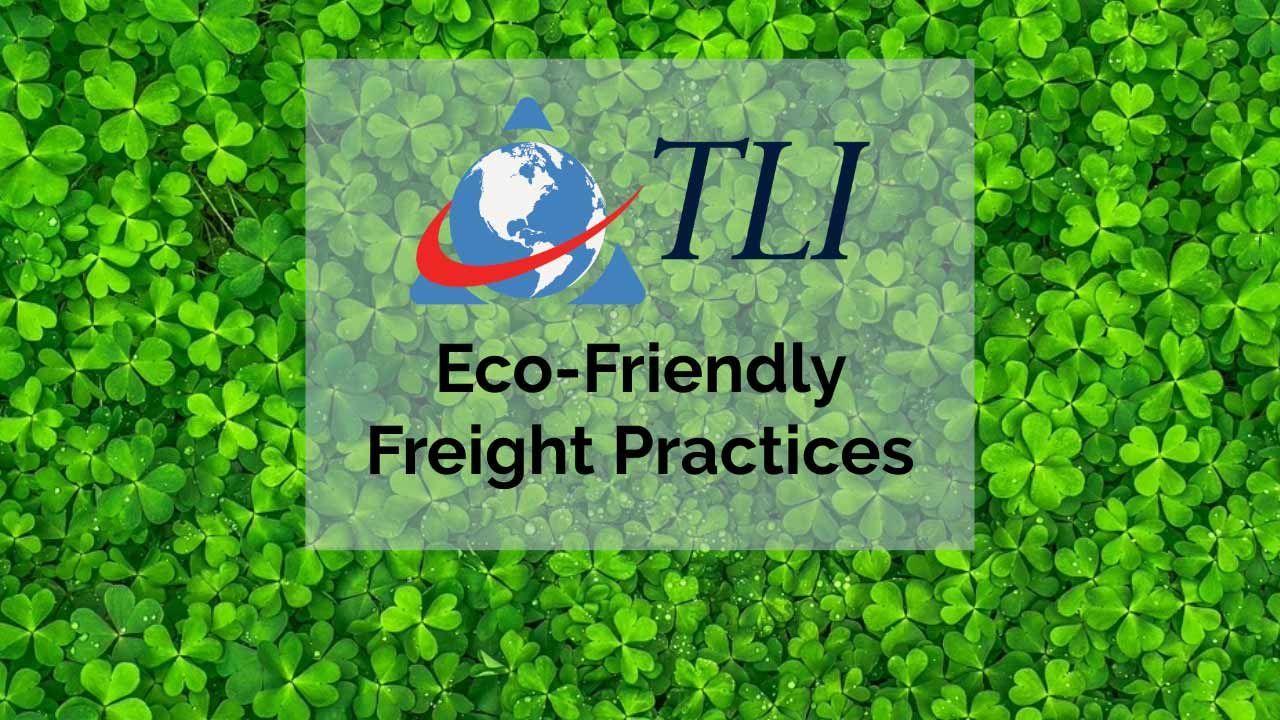What is LTL Freight?
Shippers Guide to LTL Freight Routing
Less than truckload (LTL) freight concerns the transportation of freight that does not require a full truckload (FTL). These smaller loads generally result in many separate shipments being transported in one consolidated truck. LTL shipments are usually arranged on 1-5 pallets and range anywhere from 150 pounds to 10,000 pounds.
LTL carriers specialize in optimizing load routing for shippers in an efficient manner. Shippers like LTL shipping because it affords them flexibility, cost effectiveness, and environmental friendliness on freight needs that do not take up an entire truckload (FTL).
LTL shipping is complex, as each carrier offers a unique solution and approach that meet various shippers needs. This educational post explores the best practices of routing LTL freight shipments. Let’s start by taking a moment to learn how LTL freight shipping works.
How do LTL networks work?
Essentially, less than truckload (LTL) freight shipments combine partial loads to create full multi-stop truckloads, which is very efficient. Shipping costs are based on density, the pickup & destination locations, space used, and the freight class of items being shipped.
LTL Freight Types
Some carriers offer guaranteed services by specific times, while others guarantee the delivery date only occurs before 5pm. LTL freight can also be shipped with special services which are called accessorials. Some of these services include lift gate pickup/delivery, inside pickup/delivery, residential pickup/delivery, and reweighing/reclassification. These services require additional fees called accessorial fees. It is important to have a partner like Translogistics that audits these accessorials fees to ensure the charges are accurate and the service is required.
LTL Freight Benefits
ESG Friendly
LTL networks process multiple shipments consolidated into full loads, rather than routing trucks carrying less than full capacity. This drop in the number of trucks required to get goods to their destinations reduces emissions and your company’s carbon footprint.
Cost savings
LTL freight consists of several smaller shipments that are all consolidated together to fill an entire truckload. Because your shipment only uses a portion of the truck’s available space, you only pay for the space you use. This ensures your cost will be a lower than a full truckload shipment would cost, because you are only taking up part of the truckload space.
Perfect for ecommerce
In a world where ecommerce has become the norm, businesses need to ensure shipping methods line up with the needs of clients. LTL routing improves efficiency and delivery speeds by bypassing the need for each shipment to fill a full truckload. LTL carriers offer unique services such as delivery appointments which can ensure drivers are meeting consumer availability to offload freight. Using LTL shipping ensures your cargo & inventory ends up exactly where it needs to be, when it needs to be there.
Small business friendly
Small companies greatly benefit from LTL shipping. Most small businesses ship less than a full truckload (FTL) and spend significantly less money on freight than large companies. LTL shipping allows small businesses to benefit from the services carriers provide without having to pay high costs for unused space through routing everything via dedicated trucks.
LTL Freight Challenges
Carrier capacity
Unlike full truckload shipping (FTL), not all carriers offer LTL shipping. The barriers to entry are high as carriers need docks available throughout major cities, warehouse teams, and technology solutions. Finding a national or regional carrier who will ship LTL for the right price can be challenging. It is recommended to leverage the technology of a Transportation Management System to identify carriers that fit your service network and pricing needs.
Shipment details
LTL shipping requires focus on details. Special services, density, freight class, weight, cargo value, pickup and destination addresses, delivery deadlines—all of these unique factors influence the price your organization pays for LTL freight. Pay close attention to all specifics when requesting your LTL quote to get the best price and service level for your shipping needs.
Time
With LTL freight, there is a great deal of handling in-network so shippers must compromise in the tradeoff of flexibility vs price. Because each truck contains shipments from multiple companies going to multiple nearby locations, it often takes longer for freight to arrive than a dedicated full truckload driving directly to the destination. When you LTL carrier networks, make sure to budget more time than you would for standard truckload shipment.
LTL Network
The LTL (Less Than Truckload) shipping network confronts a spectrum of challenges intrinsically linked to its intricate structure. Coordinating the LTL consolidation of diverse shipments from multiple origins into singular trucks poses a logistical hurdle, demanding precision to prevent delays and errors. Managing the intricate web of varied shipments destined for multiple destinations is complex, demanding meticulous route optimization while ensuring punctuality for each consignment. This multifaceted operation's transit times can fluctuate, testing efforts to maintain consistent delivery schedules.
Moreover, the LTL network's scale amplifies the risk of damage or loss during transit, necessitating stringent care protocols. Seamless tracking and visibility across the expansive network, alongside cost-effective operations amidst fluctuating demands and limited capacities, compound these challenges, which are unique and different from one LTL carrier to another. Integrating technology, optimizing routes, and fostering robust collaborations within the LTL network are pivotal strategies to navigate and ameliorate these inherent complexities.
LTL Shipping Best Practices
To successfully ship LTL freight, make sure you pays attention to everything within your control:
TMS System
A transportation management system (TMS) provides shipment optimization, visibility, consolidation opportunities, business intelligence, POD archiving, and tracking visibility. These systems lower costs, improve efficiencies, and provide a competitive advantage in your global supply chain. This enables shippers to partake in data-driven decision making.
A TMS should be able to examine every unique LTL load to see if it can be combined with other loads on nearby routes. It then builds multi-stop full truckloads of freight using this information. A shipper often times does not have access to a rating engine outside of a TMS system, so even when receiving pricing from carriers directly they have no way of ensuring there is actual savings en masse.
The expertise provided by a TMS like ViewPoint helps you choose the best LTL carrier, receive the most competitive rates, properly optimize goods and routes, and ensures the invoice matches the quote while providing your procurement team tracking of all inbound loads with consolidated daily manifest.
Provide accurate information about your shipments
Carriers are forced to invest time, and money to handle improperly packaged or reported freight. Sometimes lost freight occurs simply due to a shipper putting the wrong label on the pallet. We recommend maintaining good relationships with carriers, and viewing them as strategic partners. Carriers appreciate it when manufacturers accurately report information about their shipments (weight, zip codes, freight class, etc.) and packaging them appropriately based on that freight’s properties. This saves carriers time and expenses, building a closer relationship with their favored shippers.
Leverage freight consolidators
No matter the quality of your software, you can’t consolidate freight unless you have significant LTL volume. Fortunately, even small volumes can ship via LTL with the help of freight optimizers.
Consolidation companies bring partial truckloads from many shippers into their consolidation centers to create dedicated full truckloads. At Translogistics shippers have access to the mode optimization department who route LTL shipments via partial truckloads or volume LTL pricing. It is important to tap into a resource that looks at load-to-ride carrier options all the while leveraging technology to make this rating experience swift so you can focus on growth and scalability of your organization.
Optimize your logistics strategy
It’s a logistics strategic obstacle that every shipper faces: How to best route freight that is larger than six pallets, but not enough for a dedicated full truckload (FTL). If you do not have a full load to route, it does not make sense to use a less eco-friendly dedicated choice because it will waste a great deal of unused space.
This is where Translogistics Mode Optimization department can add value and efficiency to your supply chain. Drive down costs and emissions by partnering with a team of experts at Translogistics who can swiftly optimize your freight in alternative equipment type solutions such as cargo vans and sprinters. Take advantage of our vast transportation network and route your LTL and Full Truckloads through a team that does it best.
Suggestions for shippers
If you are a key employee that makes the organizational decision making on carrier routing it is important that you consider all the implications that come with the handling of the LTL networks. This includes billing errors from carriers, and lost and damaged freight. Contract structures may need to be unique to your company based off of freight class, cargo liability needs, or accessorials used more than average.
LTL freight can be extremely efficient and cost effective, and it is important to leverage the ViewPoint technology to ensure the data reflects this. To maximize the impact of LTL shipments, it is important to take a strategic LTL RFP approach that is structured around big-data, rather than managing the supply chain through each individual shipment in an unscalable manner.
If you would like more information, TLI is happy to be of service.
Need to quote a LTL Shipment?
TLI Insights
Get the latest logistics insights and tips from Translogistics’ award-winning team. Stay ahead in transportation planning.
Questions? Email us at marketing@tli.email




